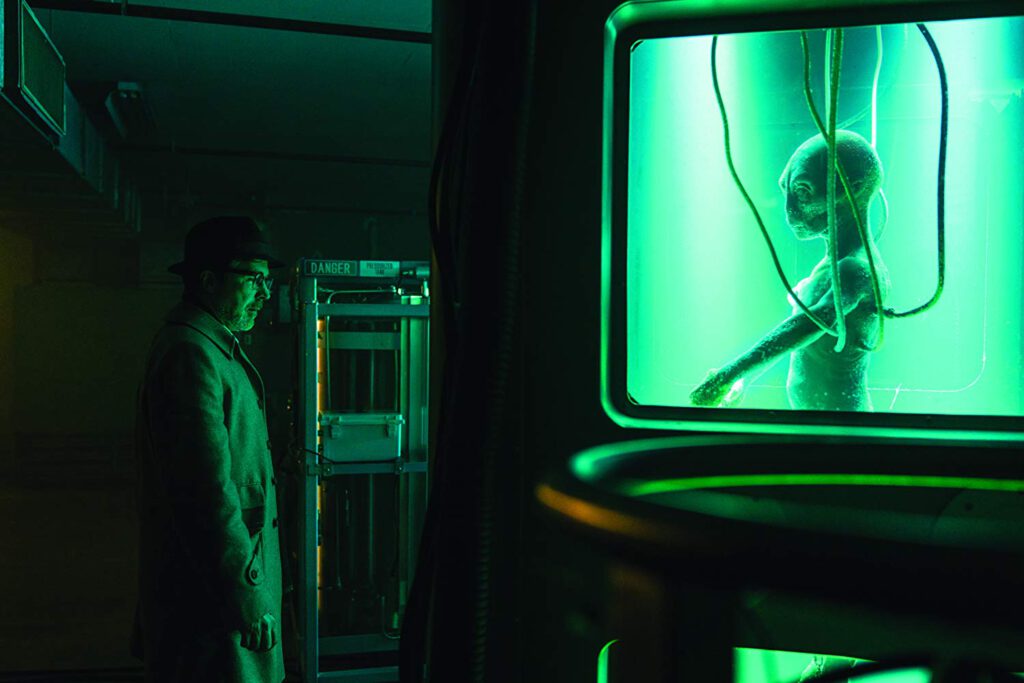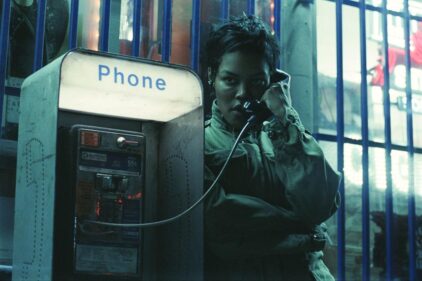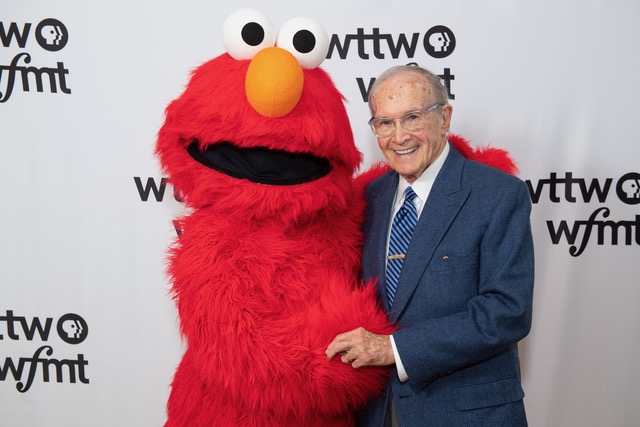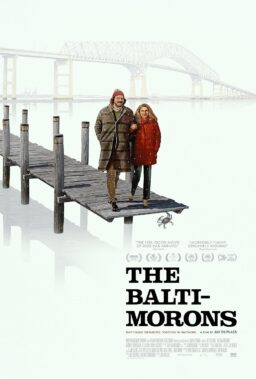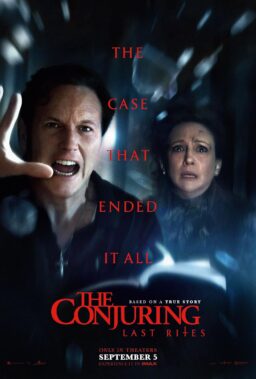Seated within a military style tent, I was faced by a very serious army staff person who was asking me questions about possible UFO activities. When I deny seeing anything, she carefully and expectantly asks me, “Are you sure?” Then, I began dutifully reporting some odd activities and even odder nocturnal sounds. After almost ten years of marriage, from time to time, I’ve wondered if the man I married hasn’t been replaced by an alien. It would explain a lot. He was seated next to me having the same considerations. No secrecy here.
Once the reports were completed, a group of us were ushered into a room where we look at blue colored slides flashed on the walls that inform us of real unexplained and possibly alien activities that were part of “Project Blue Book.” Saturday evening, we stood in a long and twisting line that began near the door of the room inside the Convention Center and then finally ended outside, under canopies. We still made it inside of the large room to hear about History’s new series, “Project Blue Book.” Like its their previous hit “Vikings,” which this year moved into the much bigger Ballroom 20, “Project Blue Book” is based on historical facts.
This isn’t “The X-Files” set in the 1950s. From what I understand, there is no will-they-or-won’t they romantic tension. Instead, “Project Blue Book” looks at the journey of one investigating scientist from skeptic to believer and his conflict with military officers.
The panel included Aidan Gillen (“Game of Thrones”), Michael Malarkey (“The Vampire Diaries”), Neal McDonough (“Arrow,” “Legends of Tomorrow”) and Laura Mennell (“Alphas,” Watchmen) and executive producers Sean Jablonski, David O’Leary, and Jackie Levine.
Jablonski explained how his interest was personal. When he was nine years old, he was walking to the deli and saw pulsing lights in a hexagon formation. From there, he was hooked on finding explanations about UFOs.
Malarkey, who plays Captain Michael Quinn, had his own UFO moment when he saw a pulsing light but technology explained it. “I took my star app out and it was Venus.”
And yet, while most things can be explained, about 10 percent cannot, O’Leary noted.
Gillen admitted that working on this series, “Most of us go down that rabbit hole, looking at cases on YouTube and the internet. It’s very easy to spend evening after evening after evening.” He remembers seeing “Close Encounters of the Third Kind” as being the “first movie I went to see on my own” at the grand age of 11. “It felt more real than Star Wars.” Gillen plays Dr. Allen Hynek (1910-1986) who “had this massive influence on pop culture. He had people watching the skies” and he admits that “playing a real person means you’ve got to do your research.” Hynek had a cameo on “Close Encounters.”
Mennell, who plays Hynek’s wife, Mimi, “researched what it was like for women in the 1950s. There are fascinating videos on women and the change and social differences from feminist principles of today.”
Born in Chicago, the real Hynek was an astronomer who became the scientific advisor for the US Air Force during three consecutive projects: Project Sign (1947-1949), Project Grudge (1949-1952) and Project Blue Book (1952-1969). Hynek was the one who developed the close encounter classifications. He and Mimi had five kids, including Oscar-nominated visual effects artist Joel Hynek. Paul Hynek shared photos and according to Levine, his sons are consultants for the series.
In an interview near the end of this life, the real Hynek was asked what swayed him from disbeliever to believer and he replied there were two things: “One was the completely negative and unyielding attitude of the Air Force. They wouldn’t give UFOs the chance of existing, even if they were flying up and down the street in broad daylight. Everything had to have as explanation. I began to resent that, even though I basically felt the same way, because I still thought they weren’t going about it in the right way. You can’t assume that everything is black no matter what. Secondly, the caliber of the witnesses began to trouble me. Quite a few instances were reported by military pilots, for example, and I knew them to be fairly well-trained, so this is when I first began to think that, well, maybe there something to all this.”
One guesses that “negative and unyielding attitude” will be represented by McDonough who plays General James Harding. Although McDonough’s character is based on a real person, the name has been changed, which McDonough said was great for him, relieving some pressure although he’s still done the research. Each episode of the ten draws from the actual case files, although O’Leary stated that there is “not so much from Grudge” but there will be some “great classic cases from the Sign era.”
If you want to jump down the rabbit hole, the National Archives does have a landing page devoted to Project BLUE BOOK. The National Archives reports that “the records include approximately 2 cubic feet of unarranged project or administrative files, 37 cubic feet of case files in which individual sightings are arranged chronologically, and 3 cubic feet of records relating to the Office of Special Investigations (OSI), portions of which are arranged chronologically, by OSI district, and by overseas command. A cubic foot of records comprises about 2,000 pages.” The documents exclude the names of the people involved.

